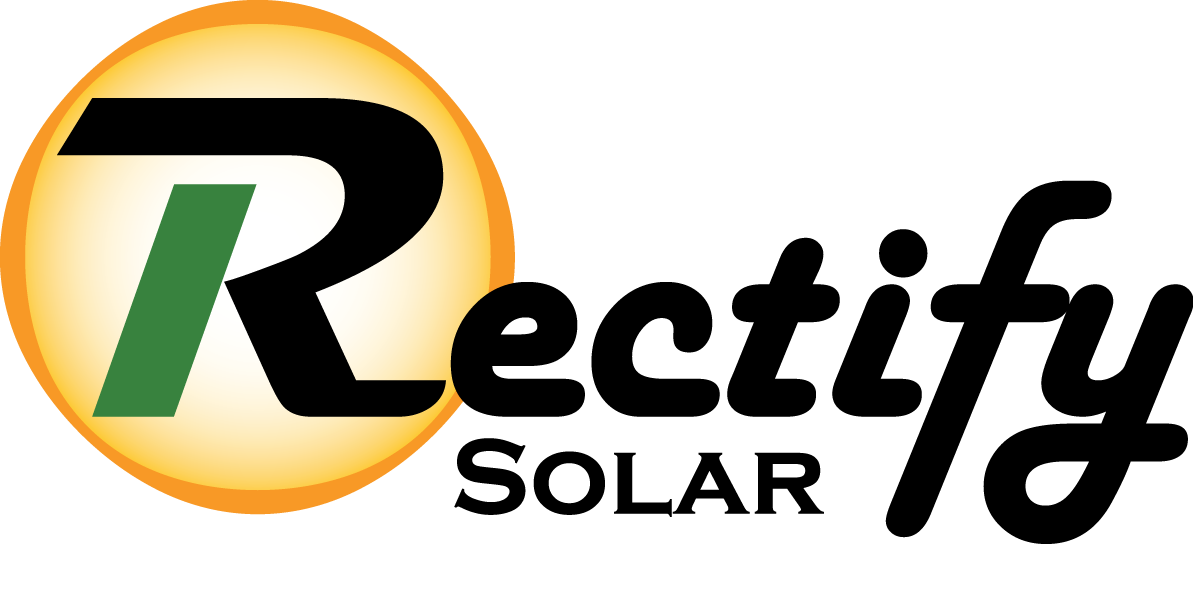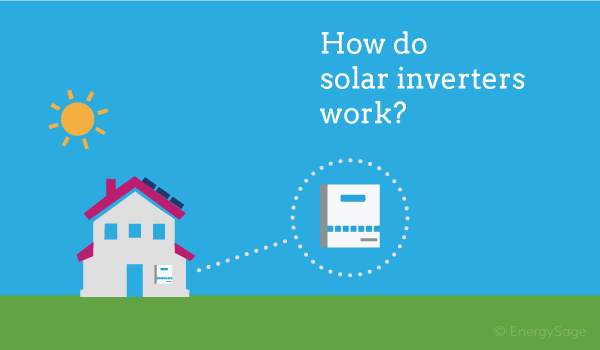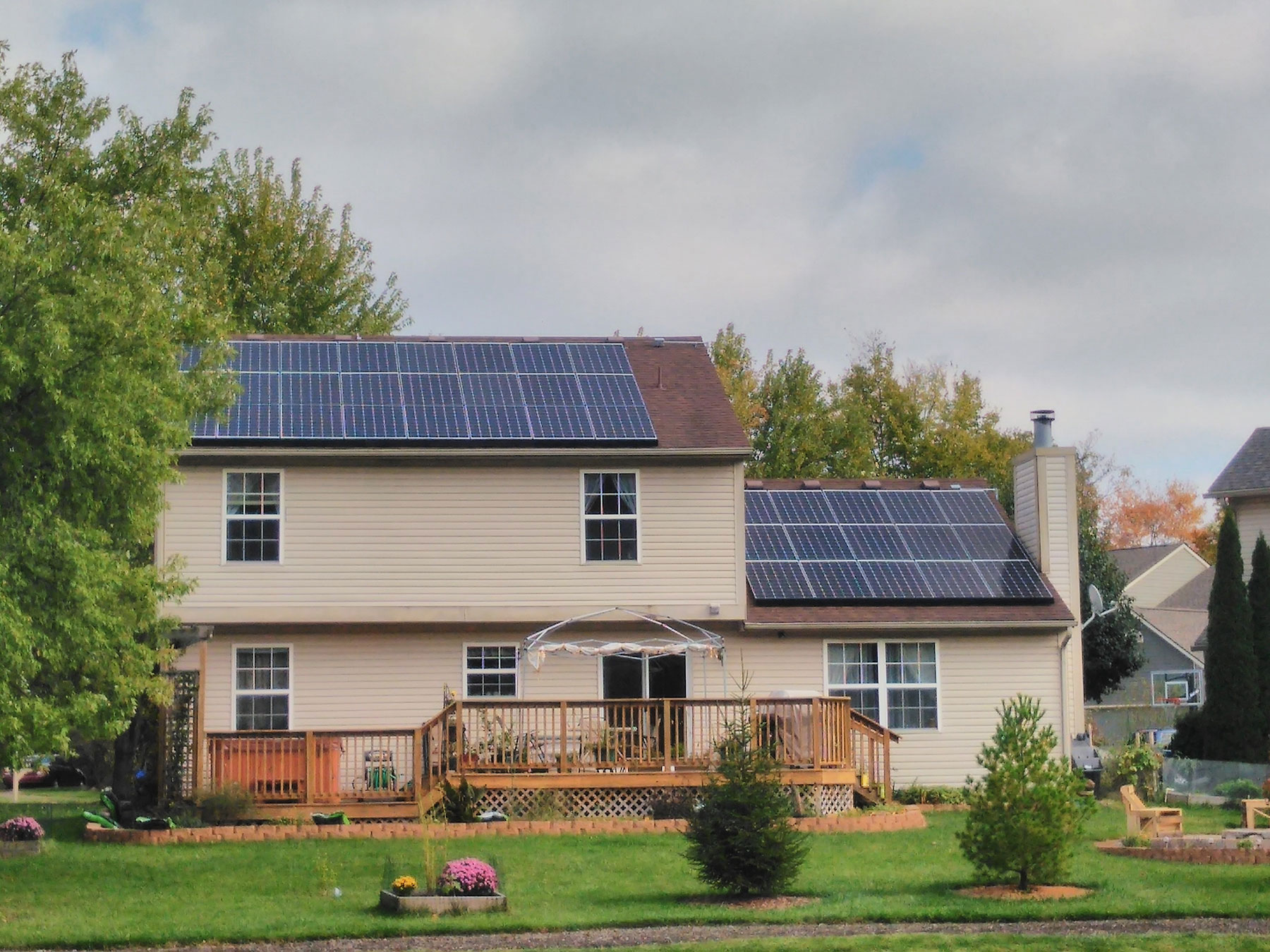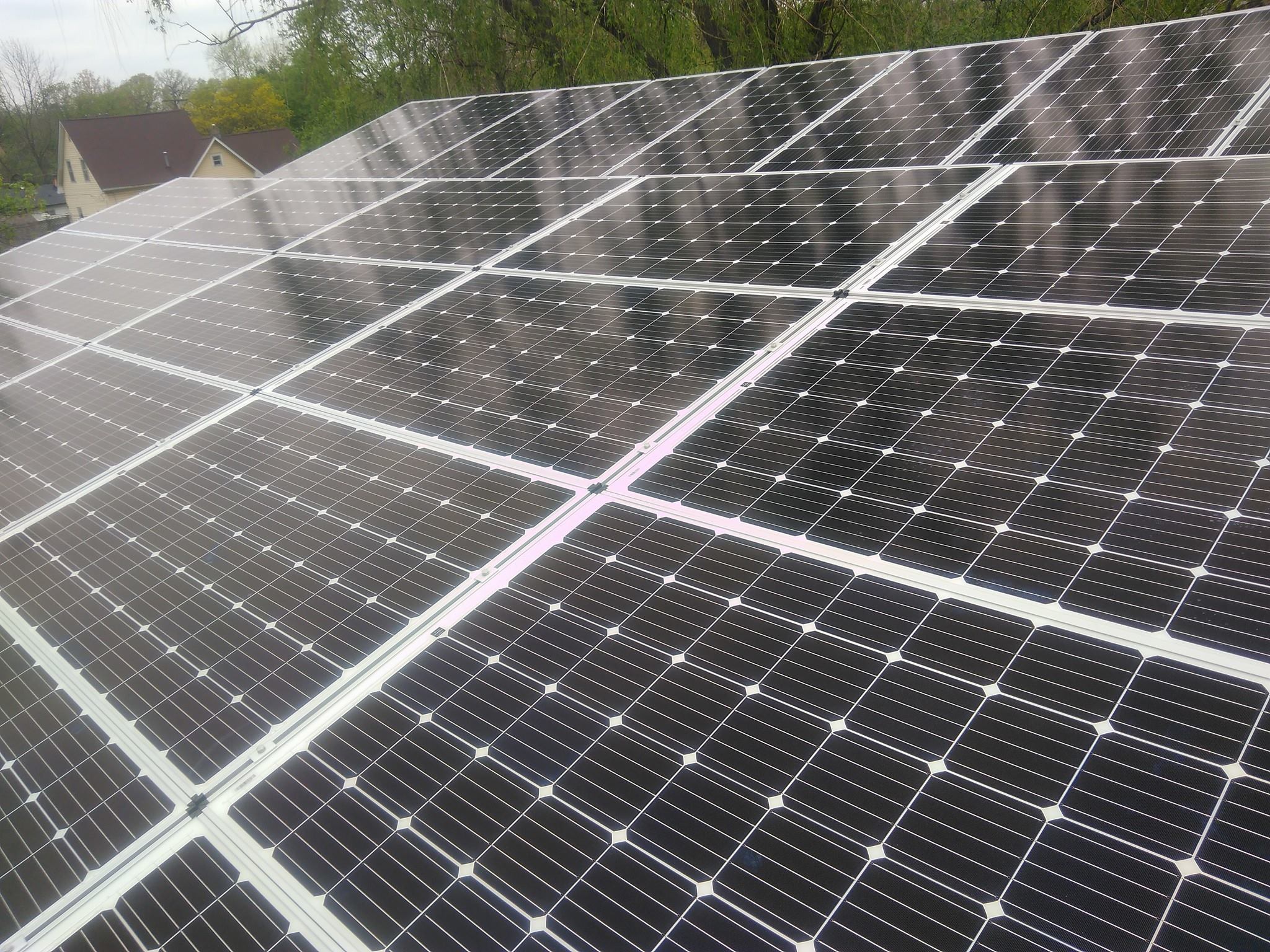Inverters are an important part of any solar installation as they are the brains and heart of the system. The inverter’s main job is to convert DC power produced by the solar array into AC power for usage in the home. However, the role of the inverter is expanding as customers look to having batteries as an integral part of their solar installation as well.
The inverter also enables monitoring so both installers and owners can see how a system is performing. They provide diagnostic information to the manufacturer so system issues can be identified and fixed. Over time, the inverter is taking on even more decision-making and control functions to help improve grid stability and efficiency.
There are several different types of inverters, so it is particularly important in a conversation with a solar professional to understand exactly what you are getting in each design and proposal. That way, you can determine what works best for your situation and needs. In this article, we will take a deeper look at the different types of solar inverters.
Central/string inverters have dominated the solar industry since the beginning. These are single inverters that do all the work necessary in transferring power from the panels to the home and/or grid. Around 2007, the micro-inverter was introduced and is one of the biggest technology shifts in the industry. Micro-inverters optimize the power for each individual solar panel, not for the entire solar system, as central inverters do. This enables each solar panel to perform at maximum potential. When a central inverter is used, having a problem on one solar panel (if shaded or dirty) can drag down the performance of the entire array. Imagine a string of Christmas lights where one light goes out and thus all of them go out. Micro-inverters work in a way where if one goes out, the rest of the panels will still function properly.
That being said, micro-inverters are not the only option to maximize energy production and counteract losses due to shading. Not long after micro-inverters were introduced, advancements in technology led to what is called a DC-optimized system. DC power optimizers are installed on each solar panel just like a micro-inverter, thus giving the same shade mitigation and power optimization effect as a micro-inverter. Because the DC optimizer has fewer components, it is typically a lower-cost method for producing solar energy for your home. In a DC-optimized system, you will also minimize losses when transferring that power to a battery. We explain how that works in another article here.
Below, you will see a summary and examples of the different types of inverters. Having a conversation with an energy consultant is certainly the easiest way to determine exactly what type of system works best for your individual situation.

String Inverter: Fronius or SMA
- Convert DC to AC
- Central AKA String Inverter
- Lowest Cost
- 96.5% Efficient
- 10 Year STD Warranty
- Warranty Extension options available.
- Shading on one panel reduces energy production on the entire string of modules
- Like old xmas tree lights, one out, all out
- Grid Tie

SolarEdge String Inverter with Optimizers
- High Efficiency 97%
- Individual module monitoring capabilities
- Shading only affects shaded module
- 12 Year STD warranty inverter
- Warranty Extension options available.
- 25 Year STD warranty for optimizers
- Minimum of 8 modules
- Grid Tie

Enphase Micro Inverters
- High efficiency 97%
- 25 YR STD warranty
- Shading only affects the shaded module
- Individual module monitoring capabilities
- No Minimum system size
- Grid Tie

Hybrid Inverter with Optimizers: Pika / Generac PWR Cell
- Hybrid inverter with optimizers
- High efficiency 97%
- String level monitoring capabilities
- 10 YR STD warranty inverter
- 25 YR STD for optimizers
- Battery System ready
- Grid tie + Power when grid goes down.





